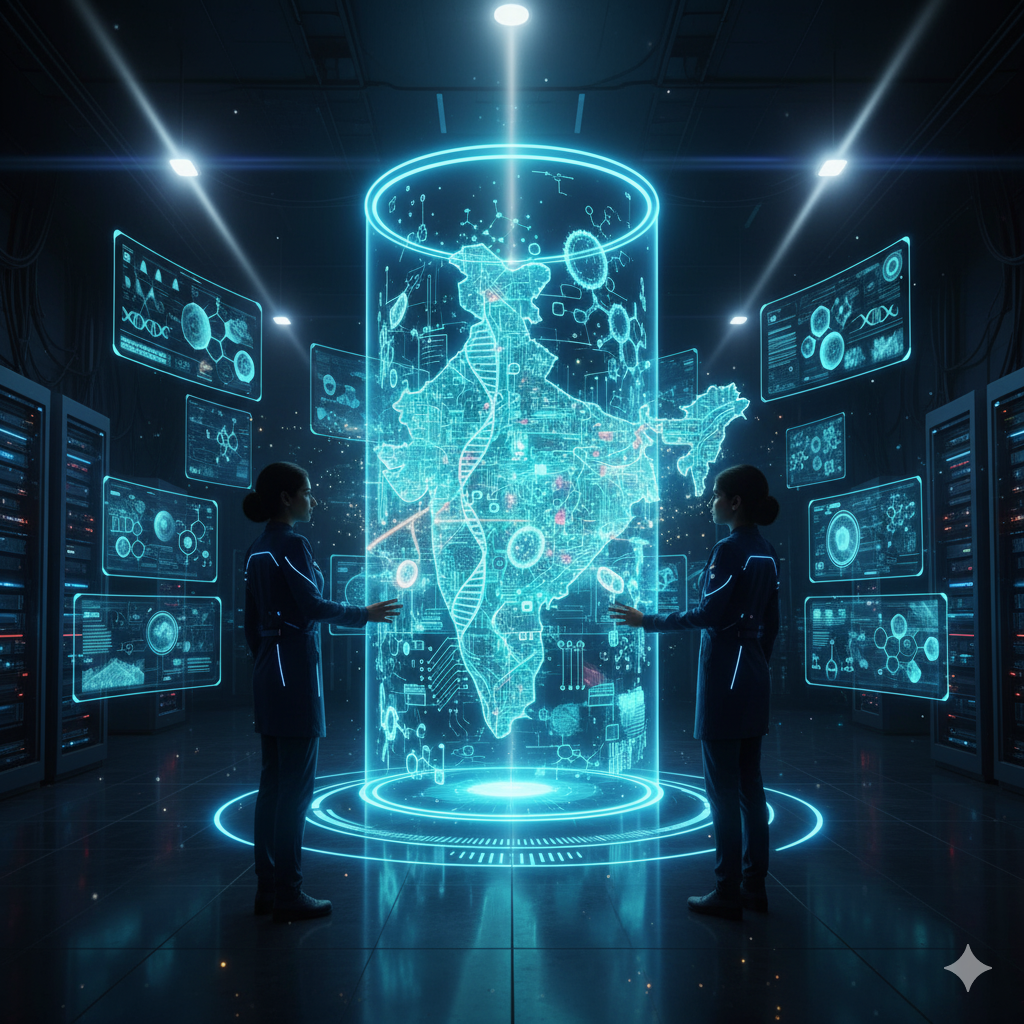Introduction
The advent of Artificial Intelligence (AI) has sparked significant transformation across various industries, and one of the most exciting applications is in home automation. AI-powered home automation systems represent the future of smart living, where homes are not just automated but intelligent—anticipating needs, learning habits, and optimizing the environment for comfort, security, and efficiency.
This article explores the fundamentals of AI-powered home automation, its components, key technologies, applications, benefits, challenges, and the future outlook, aimed at providing comprehensive educational insight into this cutting-edge domain.
What is AI-Powered Home Automation?
Home automation refers to the use of technology to control household systems and appliances automatically or remotely. Traditional home automation typically involves preset rules—turn on lights at sunset or adjust thermostats on a schedule.
AI-powered home automation goes beyond fixed programming. It leverages machine learning, natural language processing, and data analytics to enable the system to learn user preferences, adapt to changing environments, and make autonomous decisions without constant human input.
Example: Instead of simply switching lights on at 7 PM, an AI system learns your routine, adjusting lighting based on time, activity, and even mood inferred through sensor data.
Core Components of AI-Powered Home Automation
1. Smart Devices and Sensors
AI-powered automation requires an interconnected network of smart devices, such as:
- Smart lights, thermostats, and blinds
- Security cameras and smart locks
- Voice assistants (e.g., Amazon Alexa, Google Assistant)
- Environmental sensors (temperature, humidity, air quality)
- Motion detectors and occupancy sensors
These devices collect vast amounts of data that feed AI algorithms.
2. Artificial Intelligence and Machine Learning
AI algorithms analyze data from sensors to identify patterns and predict user behavior. Key technologies include:
- Machine Learning (ML): Enables the system to learn from data, improving decision-making over time.
- Natural Language Processing (NLP): Allows voice command interpretation for seamless user interaction.
- Computer Vision: Used in cameras to recognize faces or detect unusual activity.
- Predictive Analytics: Anticipates user needs based on historical data.
3. Communication Protocols and Networks
To work effectively, devices must communicate efficiently. Common protocols include:
- Wi-Fi
- Zigbee
- Z-Wave
- Bluetooth Low Energy (BLE)
A reliable home network is essential for real-time responsiveness.
4. Centralized Control and Cloud Integration
AI systems typically rely on a central hub or cloud-based platform to:
- Process data from multiple devices
- Update algorithms remotely
- Enable remote control via smartphones or voice assistants
How AI-Powered Home Automation Works
- Data Collection: Sensors and devices continuously gather data about the environment and user activities.
- Data Analysis: AI models process this data to detect patterns. For example, it may learn that you prefer a cooler temperature after 9 PM.
- Decision Making: Based on insights, the system autonomously adjusts devices, such as lowering the thermostat or dimming lights.
- User Interaction: Users can interact via voice commands, apps, or even automated triggers.
- Continuous Learning: The system refines its models with feedback and changing patterns, becoming smarter over time.
Applications of AI-Powered Home Automation
1. Energy Management
AI optimizes energy consumption by:
- Learning occupancy patterns to switch off lights and appliances when rooms are empty.
- Adjusting heating, ventilation, and air conditioning (HVAC) systems based on weather forecasts and user preferences.
- Integrating renewable energy sources and smart grids for efficient usage.
Benefits: Reduced energy bills, lower carbon footprint, and increased sustainability.
2. Security and Surveillance
AI enhances home security through:
- Facial recognition to identify family members versus strangers.
- Detecting unusual activities or intrusions using computer vision.
- Automated alerts and integration with emergency services.
- Smart locks that recognize trusted individuals.
Example: Nest Cam’s AI-driven detection reduces false alarms by distinguishing pets from humans.
3. Convenience and Lifestyle Enhancement
AI personalizes home environments to boost comfort:
- Adjusting lighting, music, and temperature based on mood or time of day.
- Voice assistants handling reminders, calendar updates, or grocery orders.
- Smart kitchen appliances that learn cooking habits or suggest recipes.
4. Health and Wellness Monitoring
Integration of AI with wearable health devices and home sensors can:
- Monitor air quality and trigger purifiers if pollutants rise.
- Detect falls or medical emergencies among elderly residents.
- Manage medication reminders and provide wellness coaching.
5. Entertainment and Smart Media
AI curates entertainment by:
- Suggesting music or videos based on preferences.
- Adjusting audio-visual settings for optimal experience.
- Syncing smart TVs, speakers, and lighting for immersive environments.
Advantages of AI-Powered Home Automation
1. Personalization
AI systems tailor experiences uniquely for each household, learning from behavior and preferences.
2. Energy Efficiency
Automated and adaptive control reduces wasteful energy consumption.
3. Improved Security
Advanced detection methods lower risks and enhance peace of mind.
4. Remote Accessibility
Control and monitor home systems from anywhere via mobile apps.
5. Time-Saving and Convenience
Automation of routine tasks frees up user time and effort.
6. Scalability and Integration
AI systems can grow with the home, integrating new devices seamlessly.
Challenges and Considerations
1. Privacy and Data Security
AI home systems collect sensitive data, raising concerns about:
- Unauthorized access or hacking.
- Data misuse by companies.
- The need for robust encryption and user control over data.
2. Compatibility and Standardization
Fragmented smart device ecosystems can hinder smooth integration. Standard protocols and interoperability are crucial.
3. Cost
High initial investment may be a barrier for many users.
4. Complexity
Some users may find system setup and management challenging.
5. Dependence on Internet
Many AI features require constant internet connectivity, limiting offline functionality.
Real-World Examples of AI-Powered Home Automation
- Amazon Echo & Alexa: Voice-controlled smart hub managing lighting, security, music, and more.
- Google Nest: Smart thermostats and cameras that learn patterns to optimize energy and security.
- Samsung SmartThings: A platform integrating multiple devices with AI-powered routines.
- Ecobee Smart Thermostat: Uses occupancy sensors and weather data for precise climate control.
- Roomba i7+: AI-powered robotic vacuum that maps the home and cleans autonomously.
The Future of AI-Powered Home Automation
1. Increased AI Autonomy
Future systems will anticipate needs before users express them, creating truly proactive homes.
2. Deeper Integration with IoT
Homes will become part of larger smart city ecosystems, sharing data for enhanced services.
3. Enhanced Voice and Emotion Recognition
AI will understand emotional states to adjust ambiance or provide mental health support.
4. Augmented Reality (AR) Interfaces
AR glasses or displays may enable intuitive control and visualization of home systems.
5. Edge Computing
Local data processing will reduce latency and privacy concerns.
Conclusion
AI-powered home automation is transforming the way we live by creating intelligent environments that adapt, learn, and improve our daily experiences. From energy management and security to health monitoring and personalized comfort, AI enhances convenience, safety, and efficiency.
As technology continues to advance, homes will become more autonomous and responsive, ultimately redefining the concept of living spaces. However, addressing privacy, compatibility, and accessibility will be vital to realizing the full potential of AI in home automation.
For learners and enthusiasts, understanding these systems is crucial as we move toward a future where homes are not only smart but truly intelligent.




